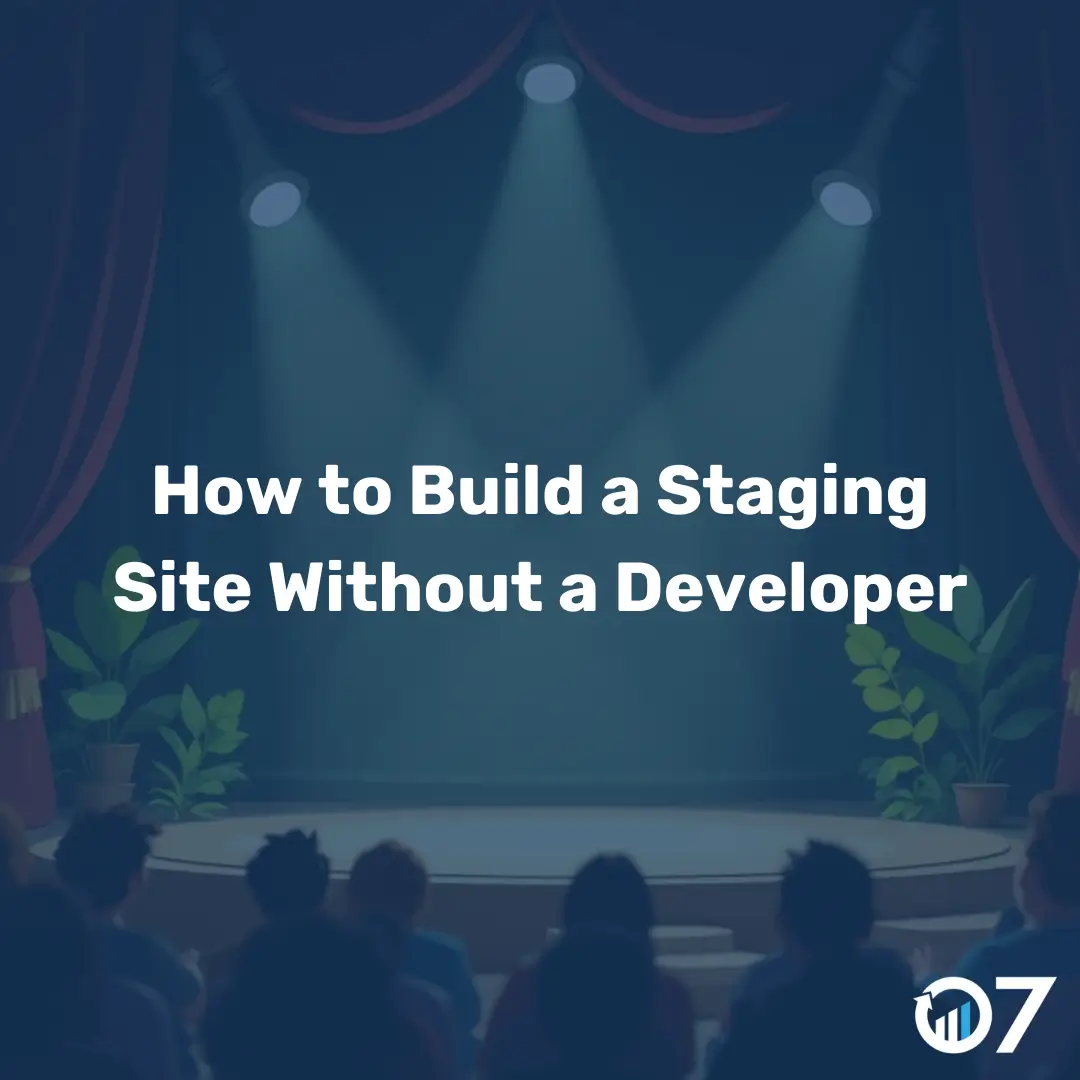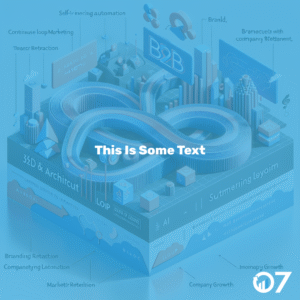How to build a staging site can be a game-changer for your business. It ensures that your website updates are smooth and error-free, so read on to learn how you can do it without needing a developer.
One significant thing I’ve learned in my coding experience is the importance of a staging site. I’ve witnessed too many novice developers learn the hard way, and I’ve experienced the discomfort — and even embarrassment — of skipping this essential step.
What is a Staging Site?
A staging site is essentially a clone of your live website. It’s a safe environment where you can test changes, updates, and new features before they go live. This helps to ensure that your main website remains functional and error-free.
Think of it as a rehearsal before the big performance. You wouldn’t want to make changes directly on your live site and risk breaking something important, would you?
Why You Need a Staging Site
Having a staging site is crucial for several reasons. First, it allows you to test new features and updates without affecting your live site. This means you can catch and fix any issues before they impact your visitors.
Second, it helps you maintain a professional image. Imagine a visitor landing on your site only to find broken links or missing images. A staging site helps you avoid such scenarios.
Finally, a staging site provides a controlled environment for troubleshooting. If something goes wrong, you can easily identify and fix the issue without the pressure of a live audience.
How to Build a Staging Site Without a Developer
You might think that creating a staging site requires advanced technical skills, but that’s not necessarily true. With the right tools and a bit of guidance, you can set up a staging site on your own. Here’s how:
Step 1: Choose the Right Hosting Provider
The first step is to choose a hosting provider that supports staging sites. Many modern hosting providers offer built-in staging environments, making it easier for you to create and manage your staging site.
Look for features like one-click staging, automatic backups, and easy site cloning. Some popular hosting providers that offer these features include SiteGround, WP Engine, and Bluehost.
Step 2: Create a Staging Site
Once you’ve chosen a hosting provider, the next step is to create your staging site. This process will vary depending on your hosting provider, but here are the general steps:
- Log in to your hosting account.
- Navigate to the staging section of your control panel.
- Select the option to create a new staging site.
- Follow the prompts to clone your live site to the staging environment.
Once the cloning process is complete, you’ll have a fully functional staging site that mirrors your live site.
Step 3: Test Changes on Your Staging Site
Now that your staging site is set up, it’s time to start testing. You can make changes, install new plugins, update themes, and more. The key is to thoroughly test everything to ensure that it works as expected.
Here are some tips for effective testing:
- Test all major functionalities, such as forms, shopping carts, and user logins.
- Check for broken links, missing images, and other visual issues.
- Ensure that your site is responsive and works well on different devices and browsers.
Step 4: Push Changes to Your Live Site
Once you’re confident that everything is working correctly on your staging site, it’s time to push the changes to your live site. Most hosting providers offer a simple process for this:
- Go to the staging section of your control panel.
- Select the option to push changes to your live site.
- Follow the prompts to complete the process.
It’s important to take a backup of your live site before pushing any changes, just in case something goes wrong.
Common Pitfalls to Avoid
While building a staging site is relatively straightforward, there are some common pitfalls to watch out for:
- Not keeping your staging site up to date: Make sure your staging site is always a true reflection of your live site. Regularly update it to match any changes made on your live site.
- Ignoring security: Just like your live site, your staging site needs to be secure. Use strong passwords, keep software up to date, and implement security measures.
- Forgetting to test thoroughly: Rushing through the testing phase can lead to missed issues. Take your time to thoroughly test all aspects of your site.
Build a Staging Site Without a Developer Conclusion
Building a staging site is an essential step in maintaining a professional and functional website. By following the steps outlined in this guide, you can create a staging site without needing a developer. This will help you test changes, catch issues early, and ensure a smooth experience for your visitors.
If you found this guide helpful, be sure to check out our blog for more tips and insights. You can also contact us via email at info@07hm.co.uk or call us at 01702 410663 for personalised assistance.





